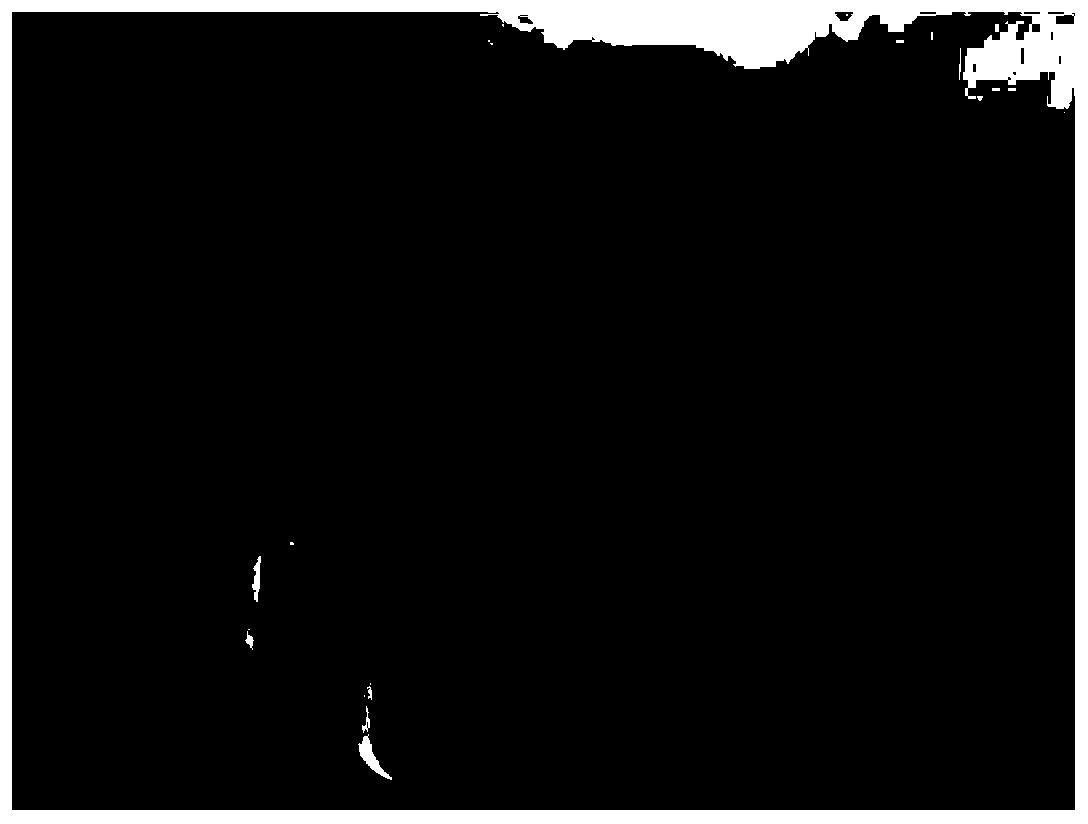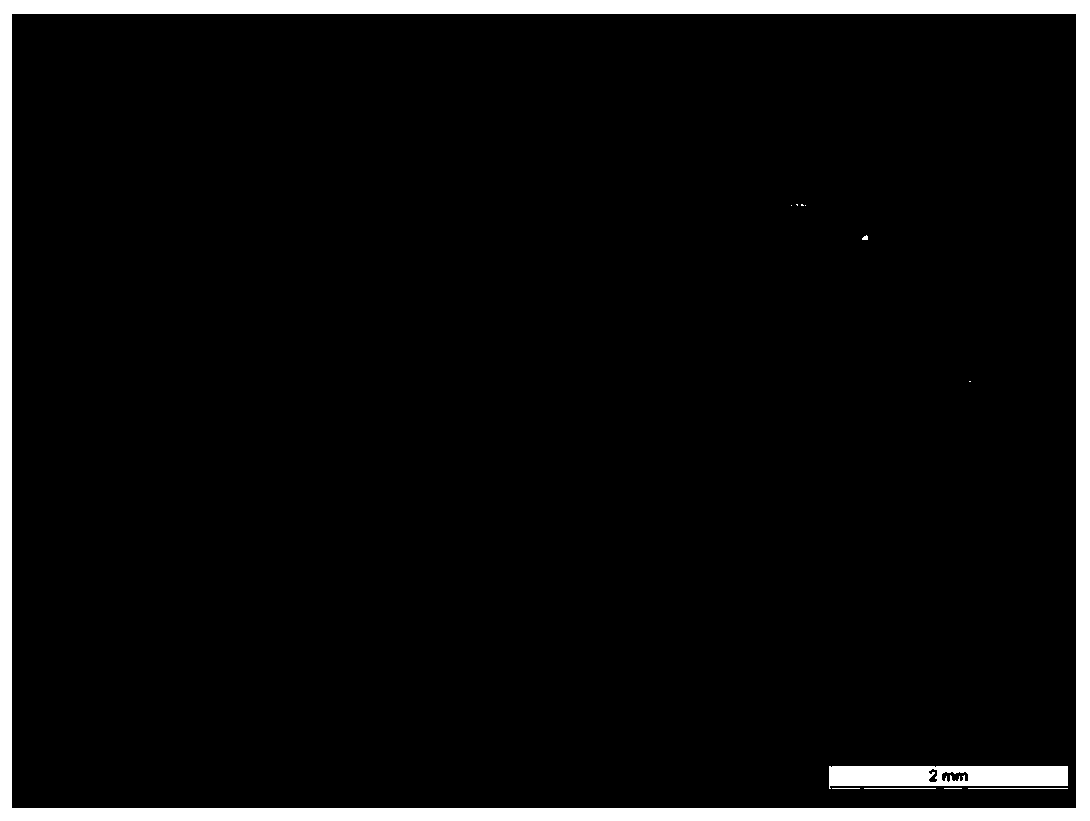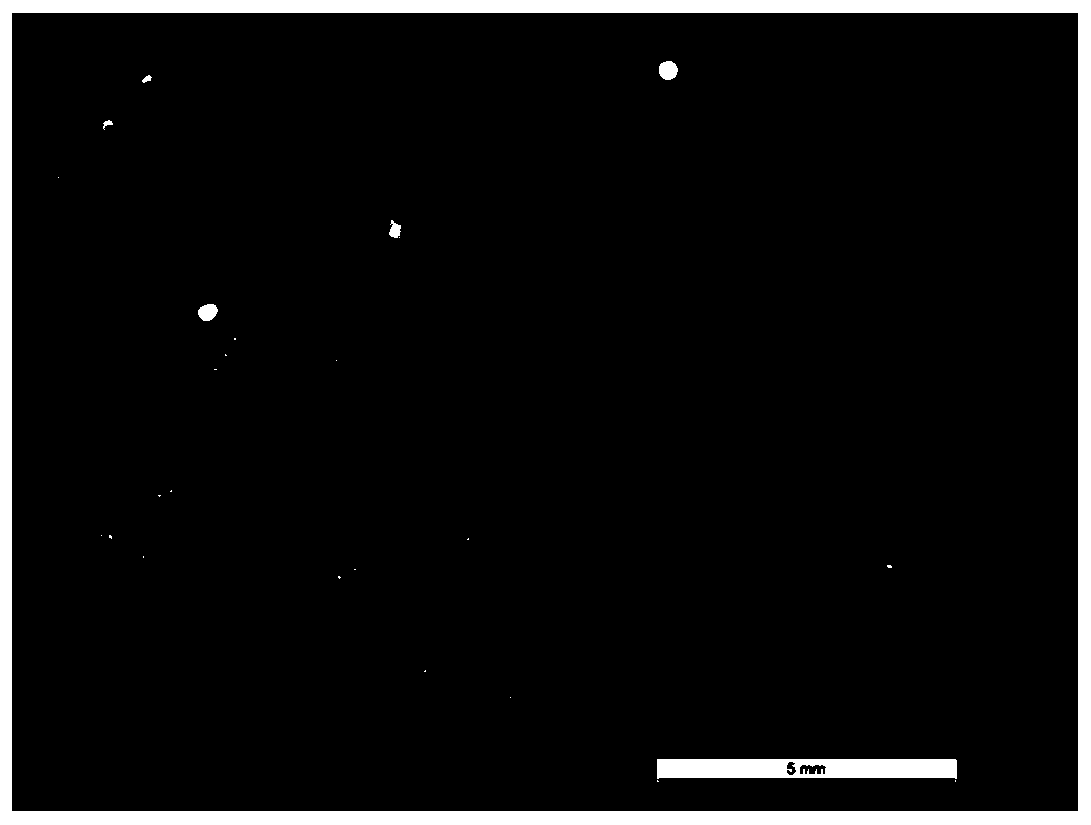A kind of dragon fruit tissue culture method of inducing adventitious buds with leaves
A technology of tissue culture and dragon fruit, which is applied in the field of plant tissue culture, can solve the problems commonly seen in dragon fruit seeds, stems and other parts, and achieve the effects of short culture period, shortened seedling cultivation process, and convenient materials
- Summary
- Abstract
- Description
- Claims
- Application Information
AI Technical Summary
Problems solved by technology
Method used
Image
Examples
Embodiment 1
[0033] (1) Preparation of explant
[0034] The test material Longzhuguo is a seedling that grows for three months and is about 12cm high, which is cultivated from seed sowing. Choose young, strong, and basically the same growth of dragon pearl fruit leaves as explants, rinse them under running water, and then rinse them with sterile water 3 times. Put the cleaned leaves on the ultra-clean workbench, first wipe the front and back of the leaves with a cotton ball dipped in 75% ethanol aqueous solution, then wash with sterile water 3 times, and then use the final concentration as the quality Tween-20 with a fraction of 0.02% and a mass fraction of 0.1% HgCl 2 The solution is soaked for 3 minutes, and finally rinsed with sterile water 5 times. Cut the sterilized leaves into small squares about 1cm×1cm as explants.
[0035] (2) Inducing adventitious buds
[0036] Put the explants into the adventitious bud induction medium with the leaf adaxial side facing up. Adventitious bud inductio...
Embodiment 2
[0042] (1) Preparation of explant
[0043] The test material Longzhuguo is a seedling that grows for three months and is about 8cm high, which is cultivated from seed sowing. Select young, strong, and basically the same growth of dragon pearl fruit leaves as explants, rinse them under running water, and then wash them with sterile water twice. Place the cleaned leaves on a clean workbench, first wipe the front and back sides of the leaves with cotton balls dipped in 75% ethanol aqueous solution, and then wash them twice with sterile water, and then use the final concentration as the quality Tween-20 with a fraction of 0.02% and a mass fraction of 0.1% HgCl 2 Soak the solution for 5 minutes, and finally rinse with sterile water 4 times. Cut the sterilized leaves into small squares about 1cm×1cm as explants.
[0044] (2) Inducing adventitious buds
[0045] Put the explants into the adventitious bud induction medium with the leaf adaxial side facing up. Adventitious bud induction me...
PUM
 Login to View More
Login to View More Abstract
Description
Claims
Application Information
 Login to View More
Login to View More - R&D
- Intellectual Property
- Life Sciences
- Materials
- Tech Scout
- Unparalleled Data Quality
- Higher Quality Content
- 60% Fewer Hallucinations
Browse by: Latest US Patents, China's latest patents, Technical Efficacy Thesaurus, Application Domain, Technology Topic, Popular Technical Reports.
© 2025 PatSnap. All rights reserved.Legal|Privacy policy|Modern Slavery Act Transparency Statement|Sitemap|About US| Contact US: help@patsnap.com



